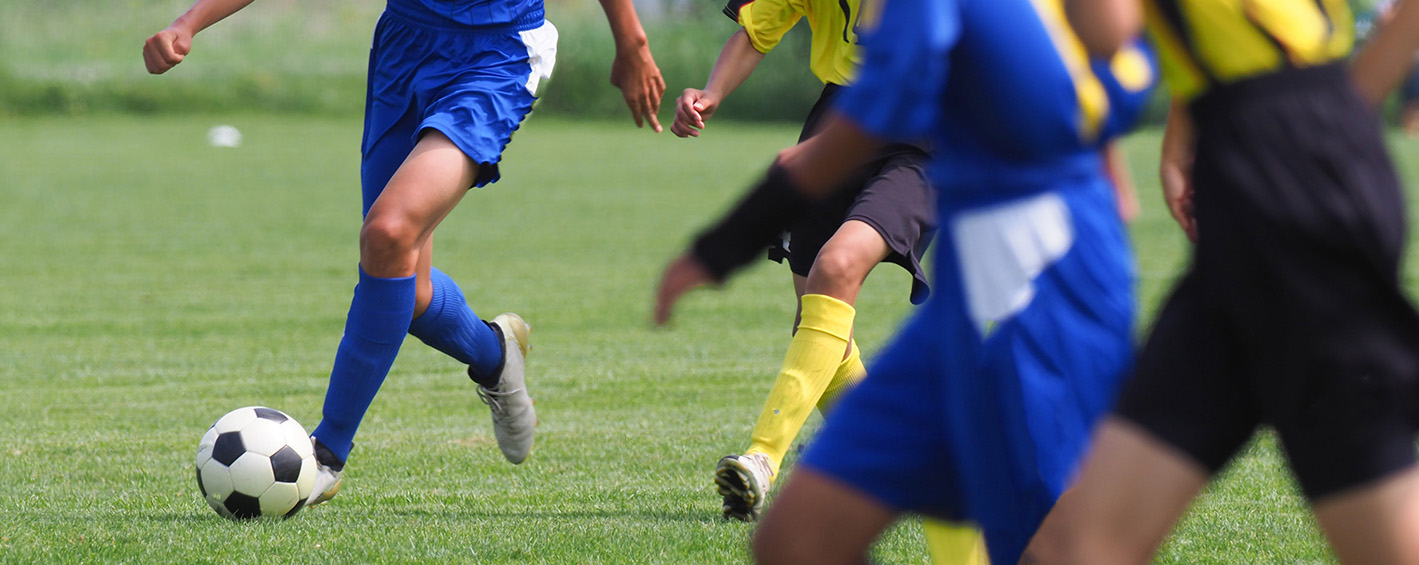Share it
I like to create chaotic situations in my sessions so I will use possession games like 7v3 and when the three players win the ball off the seven players they must try to keep it – this creates the chaos my players must react to.

One thing I will be working on pre-season will be how my players react in transition. That means both attacking and defending work must be done in early August so that when the season kicks off my players are switched on as to how I want them to react.
In attack we will work on players gaining control of possession and exploding forward with the ball to take advantage of the out of the opposition being out of defensive shape – in effect I want them to create chances to score.
In defence my players must be able to make good recovery runs into the right areas, moving at speed (sprinting into position is preferable) to defend the counter attack when we lose the ball. Also I want to see correct body shape when the players have the ball in tight areas of the pitch keeping their bodies between the ball and the defender to keep possession.
I like to create chaotic situations in my sessions especially in pre-season so I will use possession games like 7v3 and when the three players win the ball off the seven players they must try to keep it – this creates the chaotic moments and shows me how quickly the team of seven can regain the ball and create order from the chaos.
10 ways youth soccer teams can train to create order when soccer matches are chaotic like during transitions of the ball
Training youth soccer teams to maintain order during chaotic moments like transitions can greatly improve their performance. Here are 10 ways to achieve this:
- Structured Positioning: Teach players specific positions to take up during transitions, ensuring they are spread out across the field to provide passing options and defensive coverage.
- Quick Communication: Encourage players to communicate effectively, relaying information about available passing options, opponents' positions, and potential threats.
- Transition Drills: Design drills that simulate quick transitions between attacking and defensive phases, helping players recognize their roles and responsibilities during these rapid changes.
- Counter-Pressing Practice: Train players to press collectively when losing possession, aiming to win the ball back quickly before opponents can organize a counterattack.
- Awareness Training: Develop players' field awareness, helping them recognize open spaces and teammates in advantageous positions during transitions.
- Decision-Making Exercises: Create scenarios where players must make split-second decisions about passing, dribbling, or shooting during transitions, enhancing their ability to choose the right option under pressure.
- Shadow Play: Practice shadow play to simulate opposition movements during transitions, training players to adapt their positioning and react effectively.
- Small-Sided Games: Utilize small-sided games to replicate chaotic game situations, encouraging players to apply their transition training in realistic scenarios.
- Fitness and Endurance: Improve players' physical conditioning to ensure they can maintain tactical discipline and make effective decisions even when fatigued.
- Video Analysis: Review match footage with the team, highlighting moments of successful and unsuccessful transitions to help players understand their positioning and decision-making better.
By incorporating these strategies into training sessions, youth soccer teams can learn to maintain order and control during chaotic transitions, leading to improved performance on the field.